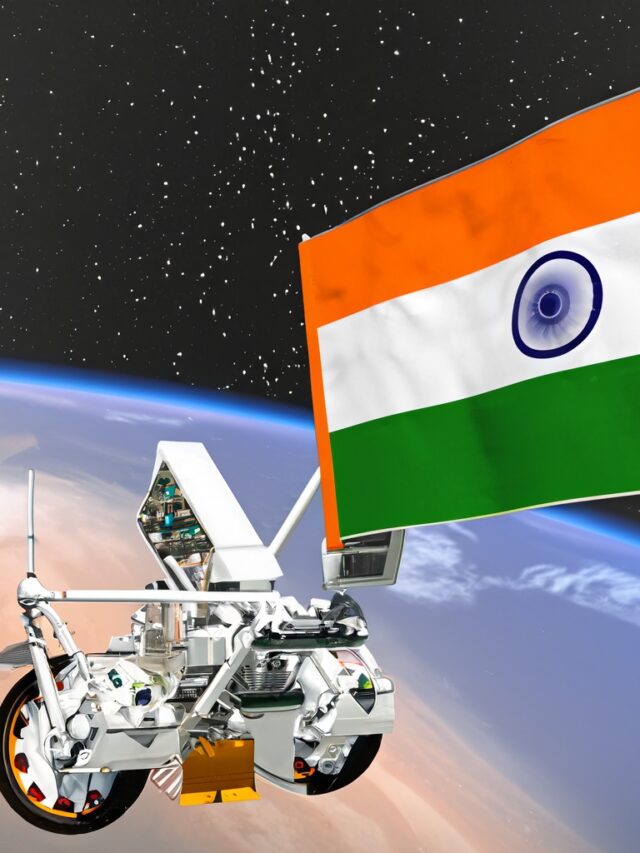Key Highlights on the Significance of Prompt Engineering in Modern Industries and Education:
- A definition of prompt engineering: Using carefully crafted prompts, prompt engineering involves guiding AI systems to produce specific results while keeping human intent. It enables more controlled and purposeful interaction between humans and AI.
- Prompt Engineering in Education: Improving student outcomes and engagement through customized prompts, individualized coaching, and AI-driven instructional content.
- Development of Engineering Procedures: Prompt Engineering has become a game-changer by utilizing technical breakthroughs to improve engineering procedures. It provides advantages including increased effectiveness and specialized solutions.
- Applications in Manufacturing: By streamlining procedures and incorporating automation and robotics, Prompt Engineering increases production efficiency in manufacturing. Production lines become more intelligent and efficient as a result.
- Using Prompt Engineering in Construction: Prompt Engineering streamlines resource allocation and project planning in the construction sector. Building information modelling (BIM) is used to manage building projects cost-effectively while fostering teamwork.
- Prompt Engineering in Energy and Utilities: Prompt Engineering’s innovations in energy production are advantageous to the energy and utilities sector. It makes the best use of renewable energy sources to improve sustainability and protect the environment.
- Transforming Logistics and Transportation: Prompt Engineering leads transportation innovations and improves logistics processes using software. Autonomous vehicles and intelligent transportation systems have a bright future.
- Prompt Engineering’s Function in Healthcare: Prompt Engineering improves patient care and safety in the healthcare industry by advancing medical technologies. AI and data analytics are used to enhance healthcare results.
- Impact on IT and Software Development: The use of prompt engineering in agile software development by the IT sector encourages productivity and teamwork. Continuous software delivery is made possible by the integration of DevOps and quick engineering.
- Obstacles and Limitations: Cultural and organizational changes are among the obstacles to implementing prompt engineering. For adoption to be effective, risks must be assessed, and potential downsides must be addressed.
- Future Trends in Prompt Engineering: New technologies like artificial intelligence and machine learning will influence the direction of prompt engineering. These innovations will keep transforming the industry and advancing society.
- Prompt Engineering has demonstrated disruptive power in several industries. It is an essential practice for industries since it can improve productivity, teamwork, and sustainability.
- Key Takeaways: Adopting prompt engineering techniques enables industries to realize their full potential. It enables more individualized solutions, increased productivity, and improved AI-human collaboration.
Introduction: Since ancient times, prompts have been a crucial component of human communication, acting to direct, instruct, and elicit answers. The development of prompt engineering has taken an intriguing trajectory, adjusting to technical developments, cognitive insights, and cultural shifts, from ancient oral traditions to contemporary digital interactions. In this introductory chapter, we set out on a historical expedition to investigate the origins of rapid engineering and chart its development up to the present.

1: The Early Foundations of Prompts: Prior to the invention of written language, visual cues were essential for communication in the ancient world. Early types of prompts included cave paintings such as those found in Lascaux, France, which date back over 17,000 years. In addition to serving as artistic expressions, these elaborate drawings of animals and settings also provided crucial information about hunting methods, the environment, and social customs.
Example of a Visual Prompt: [Image: A cave painting of hunters chasing a herd of buffalo] Prompt: Interpret the scene depicted in the cave painting and speculate on the lifestyle of the ancient hunters based on the artwork.
2: The Influence of Psychology on Prompts: The understanding of quick engineering expanded along with a human understanding of psychology and cognition. Ivan Pavlov and B.F. Skinner, two behavioural psychologists who made important contributions, showed how cues and stimuli might cause certain behaviours in both people and animals. Advancements in advertising, persuasive strategies, and instructional methodologies have all been made possible by the study of human behaviour, which has provided essential insights into creating prompts that could evoke desired reactions.
Example of a Behavioral Prompt: [Advertisement: A fast-food restaurant presents an image of a juicy burger with the tagline “Savor the Irresistible Flavor!”] Prompt: Analyse the persuasive techniques used in the advertisement and explain how the visual and textual prompts aim to evoke a specific response from the audience.
3: The Technological Revolution and Digital Prompts: A new era of quick engineering was ushered in with the development of computers and the digital age. The tools available for creating prompts in numerous sectors have grown thanks to technology, from command-line interfaces to graphical user interfaces (GUIs). The field of natural language processing (NLP) originated as computers advanced into machines that could comprehend natural language, creating opportunities for prompt-based human-computer interactions.
Example of a Digital Prompt: [User Input: “What is the weather like today?”] Prompt (System Response): The current weather in your location is 27°C with a light breeze. It’s a great day for outdoor activities!
Recent years have seen an exponential rise in artificial intelligence and machine learning, which has raised the bar for prompt engineering. Modern language models, such as GPT-3 and its descendants, may produce context-aware, dynamic prompts, revolutionizing applications in chatbots, virtual assistants, content creation, and creative writing.
Example of an AI-generated Prompt: [AI Chatbot: “You mentioned you love cooking. Tell me about your favorite recipe and the story behind it.”] Prompt: Write a heartwarming story about a cherished family recipe and include step-by-step instructions for preparing the dish.
4: Prompt Engineering Today: Challenges and Opportunities: Today’s prompt engineering faces both intriguing potential and particular difficulties. It is essential to design prompts that are moral, objective, and transparent as AI systems become more pervasive in our daily lives. As prompts grow more individualized to specific users, finding the ideal balance between personalization and privacy is another crucial factor to consider.
Example of an Ethical Prompt Engineering Challenge: [AI Virtual Assistant: “You seem down today. Why not tell me about your troubles? I’m here to listen.”]
Prompt: Discuss the ethical implications of AI virtual assistants providing emotional support to users and the potential risks associated with this kind of interaction.
Furthermore, the discipline of prompt engineering is not just used for AI applications. The art of creating effective prompts is a field that is always changing, influencing how we learn, make decisions, and interact with our environment in a variety of fields including education, marketing, healthcare, and other areas.
Conclusion: The development of prompt engineering reflects how technology and human communication are ever-evolving. Prompts have developed from primitive symbols to complex language models to become effective tools that shape behavior, improve comprehension, and create deep connections.
The next article will examine the guidelines, methods, and best practices that direct the creation of efficient prompts as we go further into the world of “Mastering Prompt Engineering.” We are better able to manage the future if we have a firm grasp of the past and present. In the future, prompt engineering will certainly continue to influence our interactions, spark creativity, and change the environment we live in.


